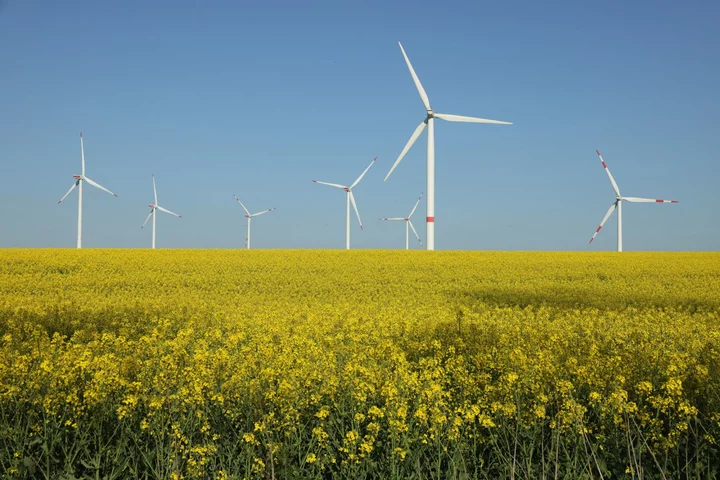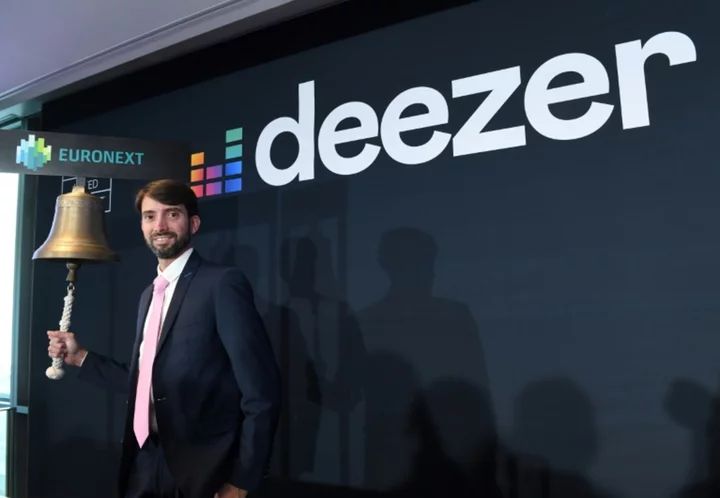The European Union is planning to unveil measures to help its ailing wind sector next month, after supply-chain bottlenecks and higher financing costs have put a brake on projects.
The package is set to accelerate permitting for wind projects, help ensure stable supplies and improve the existing rules on auctioning, European Commission President Ursula von der Leyen said last week. It’s due on Oct. 24, according to diplomats with knowledge of the matter, and the EU’s executive arm will probably opt for a strategy or weave changes into regulations already being considered by lawmakers rather than present brand new legislation.
Europe is trying to accelerate its shift to a sustainable economy and boost energy security against a backdrop of higher prices and weak growth. But policy makers want to prevent those efforts from boosting the sales of foreign producers in countries such as China, making the 27-nation bloc reliable on imports.
“We’re starting to see increased competition from non-European manufacturers,” said Phil Cole, director of industrial affairs at the WindEurope lobby. “We heard from President von der Leyen that we need to be moving more towards the model of a ‘made in Europe’ approach to generation, when it comes to renewable energy — and that now is fully ingrained in the industry’s view.”
The EU is already discussing some previous proposals designed to bolster clean energy production, such as the Net Zero Industry Act, which calls for the bloc to domestically manufacture at least 40% of its clean energy technology needs by 2030.
Yet a key concern is that, despite the massive growth in Europe’s renewable energy in recent years, wind companies are under pressure due to rising prices for raw materials and higher financing costs. Even the biggest manufacturers of wind turbines in Europe are struggling, including Vestas Wind Systems A/S and Siemens Energy AG.
While the roughly 250 wind-sector factories in Europe can rely on EU funds for innovation, they’re seeing difficulty in getting access to financing for supply chain expansion, according to Wind Europe. The slow permitting process is also a big headache, with offshore wind projects often waiting as long as five years for a green light.
“Many of the reasons that the permitting process takes so long is simply because there aren’t enough people in regional permitting authorities or in local permitting authorities to process the paperwork,” Cole said. “And many of these systems are paper based. So we need to think about how can we speed up those those processes.”









